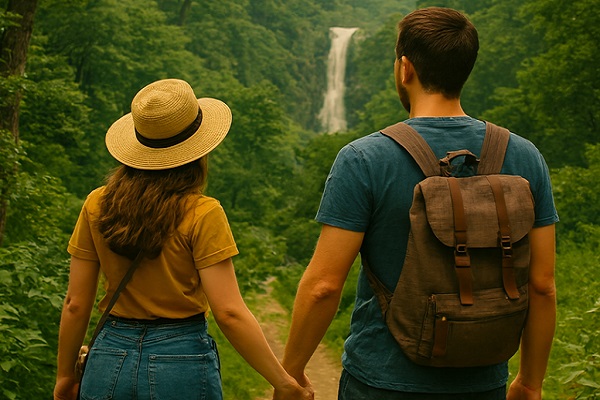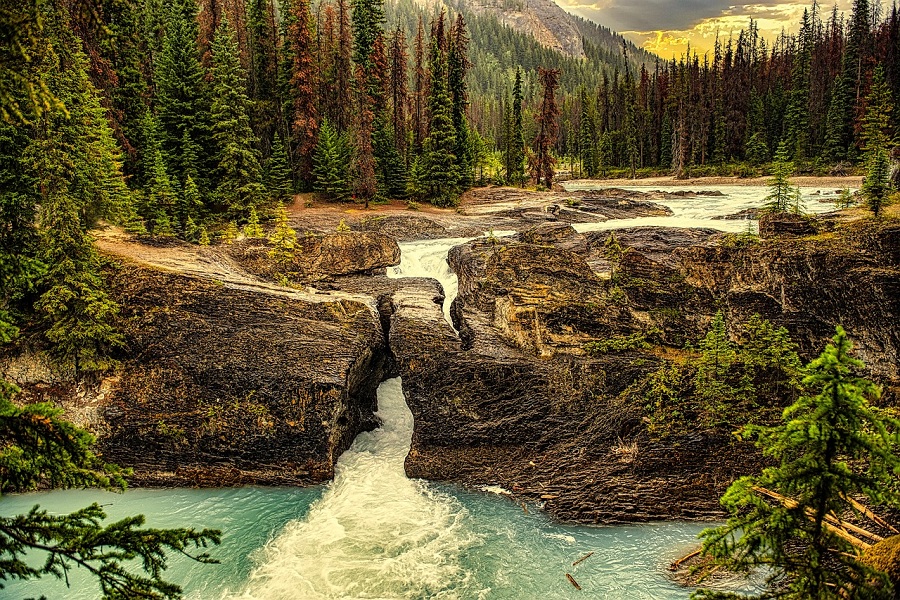The Role of Ecotourism in Protecting Endangered Species

Ecotourism, often seen as the fusion of environmental sustainability and travel, plays a crucial role in conserving biodiversity and protecting endangered species. By promoting travel that minimizes environmental impact, supports local communities, and fosters respect for wildlife, ecotourism contributes to the preservation of delicate ecosystems. This article will explore how ecotourism has become a driving force in safeguarding endangered species and sustaining the planet’s diverse habitats.
The Power of Sustainable Tourism
Sustainable tourism focuses on reducing the carbon footprint, conserving natural resources, and respecting the social and cultural values of local communities. When done correctly, it allows tourists to engage with nature without causing harm. The increasing popularity of ecotourism has highlighted its potential to fund wildlife conservation efforts while educating travelers on the importance of environmental stewardship.
Key Examples of Ecotourism Protecting Wildlife
Kaziranga National Park, Assam
Kaziranga, home to the endangered one-horned rhinoceros, is a prime example of how ecotourism can contribute to wildlife protection. The park’s tourism revenues fund anti-poaching initiatives and habitat preservation. Visitors are encouraged to partake in jeep safaris or elephant-back tours, with a portion of the fees going directly towards conservation efforts.
Sundarbans Reserve Forest, West Bengal
The Sundarbans, a UNESCO World Heritage Site, is known for its population of Royal Bengal tigers. Ecotourism here focuses on minimizing human-wildlife conflict and helps fund initiatives to protect this iconic species. Local communities are involved in tourism activities, which also support their livelihoods, creating a mutually beneficial relationship.
Periyar Wildlife Sanctuary, Kerala
Periyar is renowned for its successful ecotourism programs that help conserve the endangered Indian elephant and other species. The sanctuary offers guided nature walks, boat rides, and forest safaris, where the funds are directed toward elephant conservation and maintaining the park's biodiversity. The sanctuary’s ecotourism model has shown how well-managed tourism can enhance both conservation efforts and local income.
Jim Corbett National Park, Uttarakhand
Known for its Bengal tigers, Corbett is one of India’s oldest national parks. Ecotourism here involves nature treks, wildlife safaris, and bird-watching tours. Funds generated are invested in local conservation efforts, such as building barriers to prevent human-elephant conflict and restoring habitats that support diverse wildlife.
Ranthambore National Park, Rajasthan
Home to a significant population of tigers, Ranthambore’s ecotourism industry is an essential part of its conservation strategy. Tourism fees support tiger monitoring programs and help ensure that the park’s ecosystems remain healthy. Local communities benefit from employment in the park’s tourism industry, creating economic incentives for protecting wildlife.
How Ecotourism Contributes to Endangered Species Conservation
Revenue Generation for Conservation
Entrance fees, guided tours, and eco-lodging generate revenue that is reinvested into conservation activities such as anti-poaching patrols, habitat restoration, and species monitoring. These financial contributions make it possible to protect endangered species on a larger scale.
Local Community Involvement
Ecotourism often provides alternative livelihoods for local communities, reducing the incentive for poaching and illegal logging. It helps raise awareness about the importance of protecting wildlife, leading to stronger community engagement in conservation efforts.
Promoting Education and Awareness
Ecotourism encourages travelers to learn about biodiversity, endangered species, and the significance of ecosystems. This not only fosters a deeper connection with nature but also turns tourists into informed advocates for wildlife protection.
Mitigating Habitat Destruction
Many ecotourism activities are carefully designed to minimize environmental impact, ensuring that fragile ecosystems are not harmed. Sustainable practices, such as low-impact accommodation and waste management, reduce the strain on natural resources and allow wildlife to thrive.
Conclusion
Ecotourism has emerged as a pivotal tool in the fight against biodiversity loss and the protection of endangered species. By promoting responsible travel that prioritizes conservation, it has created a model where tourism contributes directly to wildlife protection while benefiting local communities. As the world continues to face unprecedented environmental challenges, ecotourism stands out as a beacon of hope for both preserving our natural heritage and securing the future of endangered species.




.jpg)



















